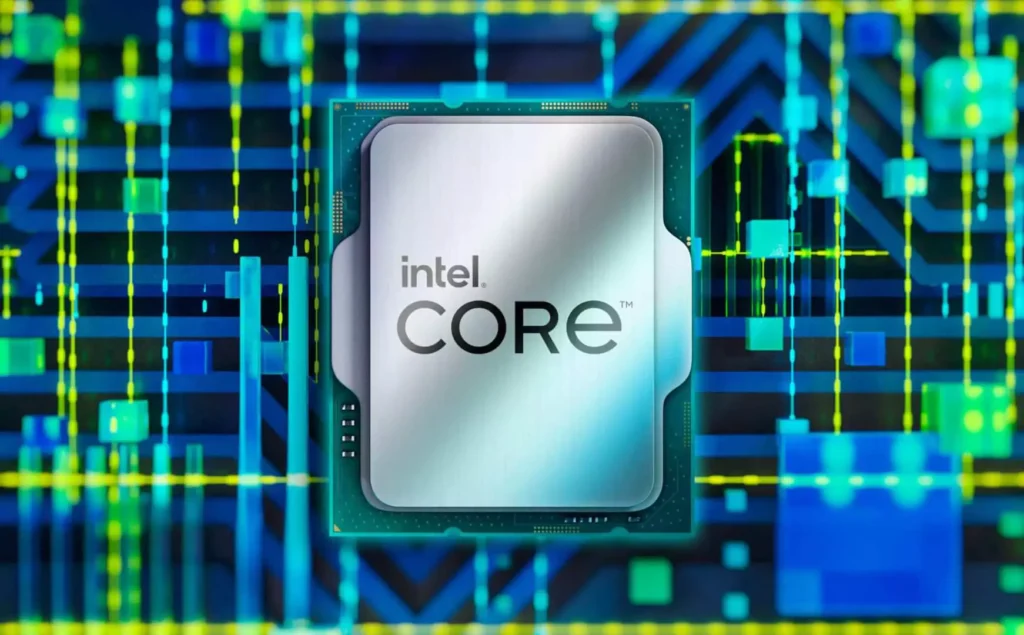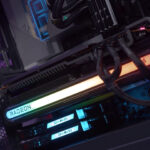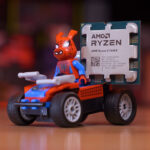Over the past couple of years, Intel’s Raptor Lake processors, initially introduced as the 13th Gen and then upgraded to the 14th Gen Core series, have been causing significant disruptions for both consumers and partners. Complaints abound regarding crashes in popular games such as Hogwarts Legacy, Mortal Combat, and Fortnite. We have had to return three Raptor Lake SKUs in recent months, including two Core i9-13900KF units (with one being a replacement) and a Core i7-14700KF SKU.
Intel has acknowledged the issue by advising users and partners to switch to the “Intel Default Settings” and has also disclosed a Thermal Velocity Boost (TVB) bug that contributes to these crashes. Through our analysis of these unstable chips, we have identified some concerning patterns.
Intel Baseline/Default Power Delivery Profiles
Utilizing Intel’s official power delivery profiles, encompassing baseline and performance modes, did not resolve the problems with our samples:
The first replacement Core i9-13900KF, configured solely with the “Intel Baseline” power profile, began experiencing system crashes during gameplay after around two months, leading to PCIe Gen 5 GPU lane malfunctions.
Enhanced Thermal Velocity Fix Alleviates the Issue, not Fixes it
The Enhanced Thermal Velocity Boost (eTVB) fix introduced in the latest BIOS microcode update (0x125) has lessened the frequency of crashes but has not eradicated them entirely.
Following the firmware update, we noticed a reduction in BSOD occurrences, replaced instead by crash-to-desktop (CTD) events, primarily affecting fast-paced shooters like Helldivers 2, XDefiant, and PUBG.
CPU Power and Core Clocks Before Crashing
Prior to experiencing crashes with the eTVB fix, we observed anomalies in the CPU power, CPU usage, and the CPU E-core clocks in the log files:
● The CPU power dropped by 30-40%, maintaining that level until the sudden shutdown.
● A sharp decline in CPU usage across all cores was noted, with E-cores dropping to ~0%, while P-core clocks remained stable.
● The E-core clocks also plummeted from 3.9 GHz to 4.3 GHz minutes before the crash, with E-core usage nearly hitting 0%.
● Framerates decreased by 20% before everything went dark, with users facing driver malfunctions and access violations.
How to Stabilize the Intel Core i9-14900K/13900K
- Stick to Intel’s “Default” power profile, even if not universally effective.
- Download the eTVB firmware fix from your motherboard manufacturer’s website.
- Limit framerates to 60 FPS to ease CPU load.
- Adjust CPU boost clock or core voltage slightly.
- Consider switching to an AMD Ryzen CPU as an alternative solution.











